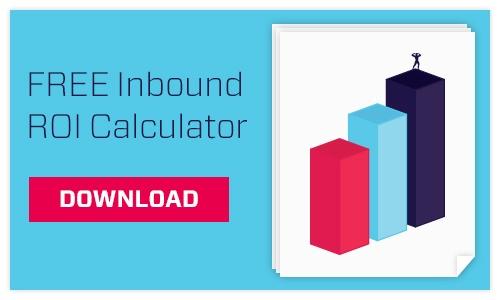Viral growth is what every marketer hopes for but it is rarely a reality. Even with a large social media following, most platforms' algorithms work in a way that is not conducive to business growth, making digital ad spend necessary.
It's no secret that digital marketing and advertising has many advantages over traditional advertising methods. One of the being biggest being is its ability to gain detailed insight into each campaign's data and metrics. It provides the ability to engage in highly targeted campaigns and track consumers as the progress from leads to customers to brand advocates.
Some of the most important metrics marketers need to pay attention to are customer acquisition cost (CAC) and customer lifetime value (CLV). These two metrics give marketers the ability to compare the fiscal effectiveness of their digital adspend by comparing how much money is being made per customer vs. how what is spent to acquire them. Understanding these metrics is essential to the success of a business. Failing to do so can be a major profit killer because the cost of acquiring a customer can often be higher than expected.
How can CAC be calculated?
Your CAC is the cost incurred when convincing a prospect to purchase. This can include research, marketing, and support services and tools.
CAC = Total Marketing Costs (TMC) / Total New Customers (TNC)
TMC should include:
- The cost of the content itself (what you paid the writer/graphic designer/video producer)
- Your salary costs (how much did you pay your staff to publish, distribute, promote, and monitor)
- The tech costs (the fees for the services, tools, and platforms used)
Identify all these items so keep a running list. The more precise your cost amount, the more precise your CAC will be.
How can CLV be calculated?
When calculating CLV, you can work in either historic or predictive figures.
To calculate the historic CLV, add up every transaction from the first (T1) to the most recent (Tn), and multiply by the average gross margin (AGM is sales revenue minus the cost of goods sold, divided by total sales revenue; expressed as a percentage).
CLV [Historic] = (T1 + T2 + T3…+ Tn) * AGM
To calculate predictive CLV:
CLV [Predictive] = (T x AOV) * AGM) * ALM
T is the average number of monthly transactions, AOV is the average order value, ALM is the average customer lifespan in months, and AGM is the average gross margin.
The resulting dollar figure gives a best-guess estimate on how much you can expect from each acquired customer over the length of that customer's relationship with you.
How do these metrics impact ROI?
To calculate basic ROI:
ROI = (CLV - CAC) / CAC
Review the CAC and ROI for each digital channel you use to see what drives the impact so you can optimize ad spend.
How can marketers strike a balance between CAC and CLV?
There are a number of ways marketers can alter their strategies in order to create an advantageous balance between CAC and CLV. While there are various approaches you can take, the key is continual evaluation.

- Implement an inbound marketing strategy. Inbound marketing is a customer-centric methodology that focuses on producing helpful content that a potential customer is searching for online. It works by organically attracting traffic through keywords and positioning the publisher as a thought leader rather than someone pushing a product. By using data about leads, inbound marketers use various forms of content to nurture leads into customers.
- Improve conversion rates by segmenting leads. Segmentation enables you to market more effectively to the right people at the right time. Use data you've collected to your advantage by nurturing these leads through customized marketing efforts. Email marketing, workflows, and customized browsing experiences are a great place to start.
- Improve conversion rates with A/B testing. Test various characteristics of buttons on your website and landing pages to see what resonates with your website visitors.
- Increase CLV through a CRM. A CRM will allow you to collect data on leads including their product interest, history, and documents any interactions you've had with them. Upsell your customers and keep them coming back by continuing to cater to their interests.
As time goes on your number will become more accurate. Understanding CAC, CLV, and ROI will help you make the right marketing decisions for your marketing campaigns and can ultimately have a positive impacton your business.


